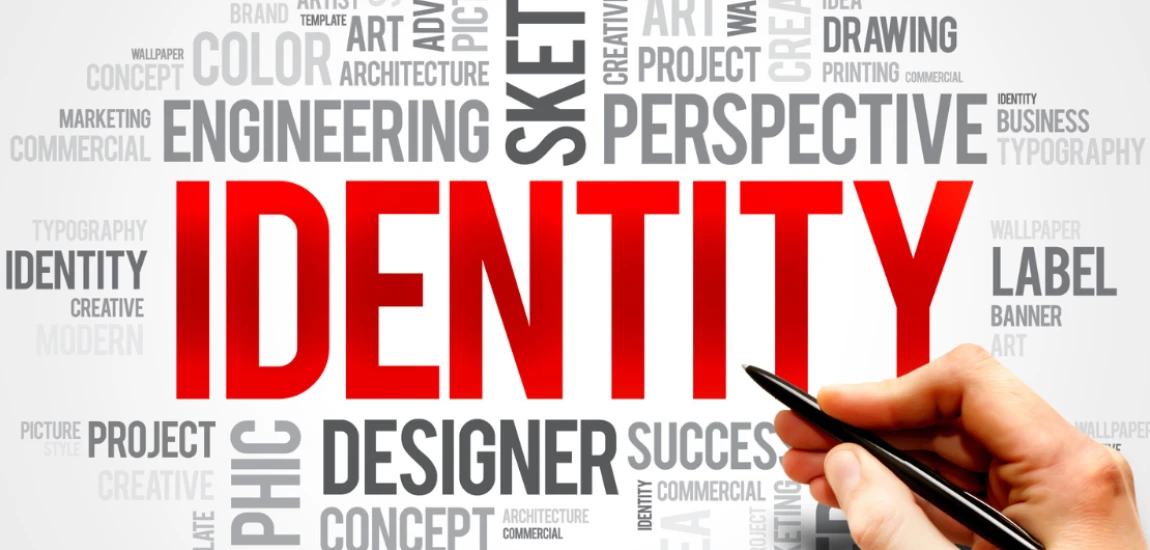Voice as Identity: How Audio Became the New Visual

For centuries, appearance has been the most dominant marker of identity—how we look, dress, and present ourselves visually has often shaped how the world perceives us. But in today’s digital-first culture, another form of self-expression is rising: the voice. From podcasts and ASMR to voice acting, audiobooks, and even AI-generated vocals, voice is quickly becoming as powerful as image in shaping identity, building communities, and telling stories.
The shift is striking: while social media platforms once emphasized photos and videos, more people are tuning into audio content as a way to connect more deeply. Sound has intimacy, emotion, and authenticity that visuals can’t always replicate. As a result, “voice as identity” is emerging as one of the most defining cultural trends of our time.
The Intimacy and Power of the Human Voice

The human voice carries nuances, emotions, and authenticity that visuals often cannot replicate. It’s not just about what is said but how it is said—the tone, rhythm, and subtle inflections all reveal aspects of personality and mood.
Emotional Resonance in Sound
Unlike text or images, voice carries emotion in real time. A podcast host’s laugh, a storyteller’s pauses, or a singer’s raw falsetto communicates sincerity and vulnerability. This emotional resonance builds trust and closeness between speakers and listeners, forging relationships that feel more personal than those based solely on visuals.
Voice as a Reflection of Identity
Our voices act as audio fingerprints. Accent, pitch, and speaking style reveal cultural background, personality, and even confidence. Just as someone might use fashion or aesthetics to express individuality, voice allows for personal identity to shine in ways that can’t be edited or filtered as easily as images.
Why Listeners Connect Deeper with Audio
Psychologically, listening to someone’s voice activates different parts of the brain than looking at a photo. Audio invites imagination, creating a more immersive and participatory experience. This helps explain the explosive growth of podcasts, voice notes, and audio-driven communities online.
The Rise of ASMR and Sensory Audio

One of the clearest examples of voice as identity can be found in ASMR (Autonomous Sensory Meridian Response). This global trend has transformed whispered words and soft sounds into an entire content genre.
ASMR as Personal Branding
For ASMR creators, the voice is the central tool. A whisper can be soothing, grounding, or even therapeutic. Viewers often follow creators not for visuals but for the unique “audio signature” of their voices. This makes ASMR an intimate form of branding where identity is literally voiced into existence.
Sound as Therapy and Escape
ASMR has grown popular not just as entertainment but as a form of stress relief. People use whispered videos or gentle soundscapes to relax, sleep, or ease anxiety. Here, voice becomes more than communication—it becomes wellness.
The Aesthetic of Whisper Culture
ASMR has also influenced broader media trends, with brands and advertisers adopting softer tones in marketing campaigns. Whispered ads or sound-driven campaigns highlight how voice is shaping cultural aesthetics beyond YouTube or TikTok niches.
Voice Acting, Podcasts, and the Creative Economy

Beyond ASMR, the wider audio economy is booming, and voice is at its heart. Voice acting, podcasting, and audiobooks are redefining how creators build careers and how audiences consume stories.
Podcasting as a Voice-First Identity Platform
Podcasts allow creators to build entire brands around their voices. Unlike YouTube or Instagram, success doesn’t rely on appearance—it depends on storytelling, personality, and tone. The result is a more inclusive space where voice drives identity, not visual presentation.
The Renaissance of Voice Acting
From video games to animation to dubbing, voice actors are gaining visibility and recognition. Platforms like TikTok have amplified voice-based content, showcasing how diverse and expressive vocal identities can be. Voice acting has gone from behind-the-scenes work to a celebrated art form.
Audiobooks and the Storytelling Revival
The audiobook boom highlights the timeless power of spoken storytelling. Authors and narrators breathe life into words, and listeners often connect with a narrator’s voice as much as the story itself. Voice here becomes both identity and experience, shaping how stories are felt and remembered.
AI-Generated Vocals and the Future of Identity

The arrival of AI-generated voices and synthetic audio introduces new questions: what does it mean for voice to represent identity when it can be artificially created or duplicated?
Synthetic Voices in Everyday Life
From virtual assistants like Siri and Alexa to customer service bots, synthetic voices are already part of our daily interactions. These voices are carefully designed to sound friendly, approachable, and trustworthy, showing how vocal tone influences perception.
Deepfakes and Ethical Concerns
AI voice cloning raises ethical concerns around authenticity, consent, and identity theft. If someone’s voice can be replicated without permission, what does that mean for voice as a marker of selfhood? This blurring of authenticity challenges how we define trust in an audio-first culture.
AI as a Creative Tool
On the flip side, AI-generated vocals are enabling musicians, voice actors, and creators to experiment in ways previously impossible. From resurrecting old voices to generating entirely new ones, synthetic audio is expanding the possibilities of identity, performance, and art.
How to Embrace Voice as Identity in a Digital World

As voice becomes a new cultural currency, individuals and brands alike are finding ways to incorporate it into their identities.
Building a Personal Voice Brand
Whether you’re starting a podcast, narrating TikToks, or simply using voice notes, consistency in tone, pacing, and delivery helps establish a recognizable “voice brand.” Just as visuals create familiarity, so does a unique audio style.
Using Audio for Deeper Connection
For businesses, integrating voice into marketing strategies can humanize brands. Audio ads, branded podcasts, and personalized voice messages help audiences feel more connected. For individuals, sharing spoken content often feels more authentic and less polished than visual posts.
Practicing Vocal Expression
Developing confidence in one’s voice is key. Practicing storytelling, public speaking, or even experimenting with ASMR-style recordings can help refine how voice represents identity. Just as people once learned to “look good on camera,” the new skill is learning to “sound like yourself.”




